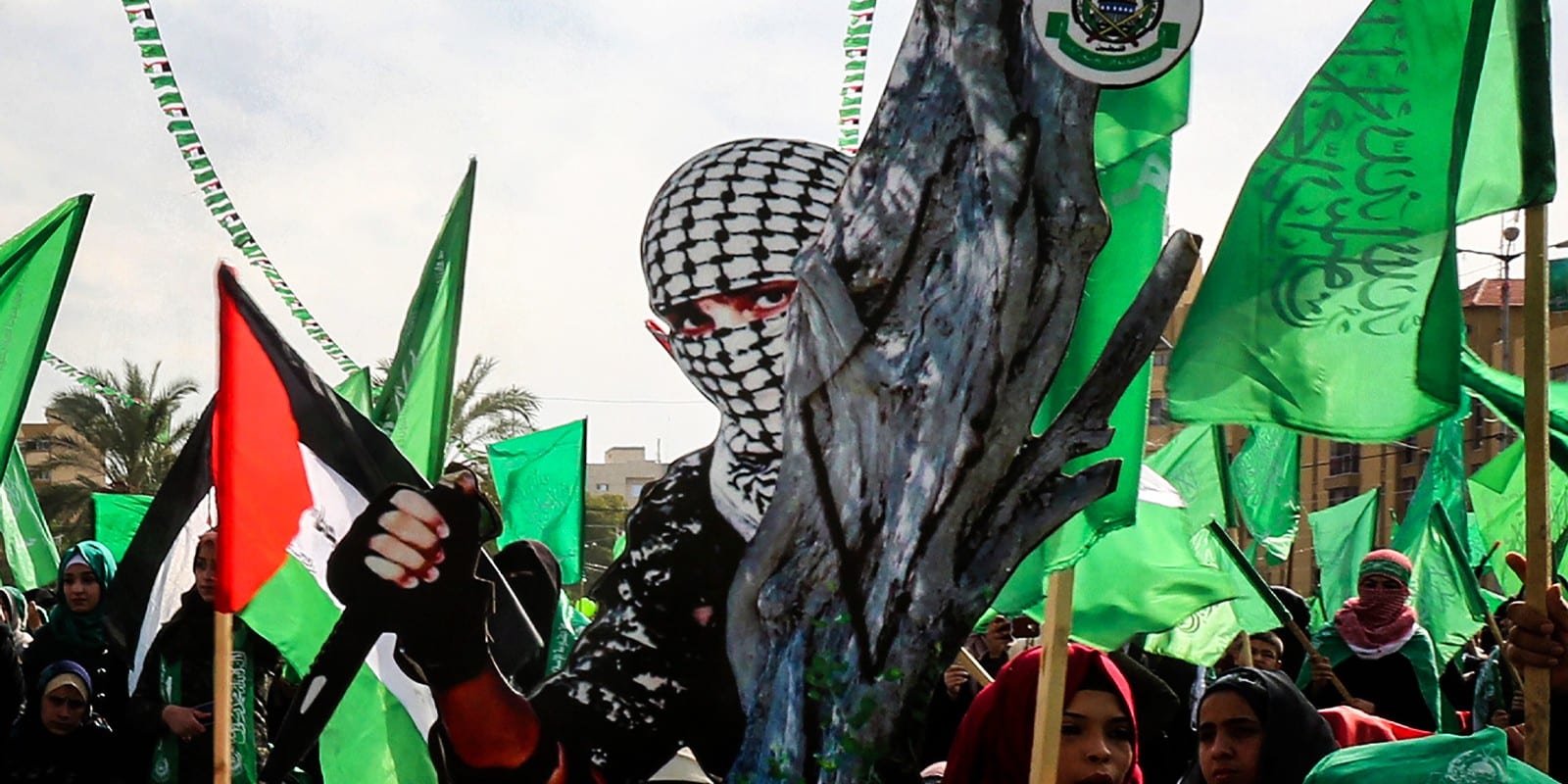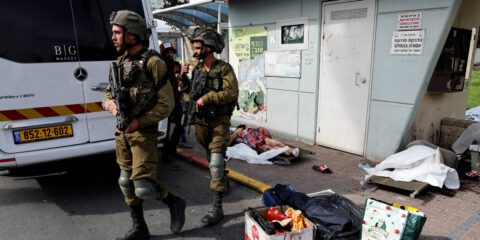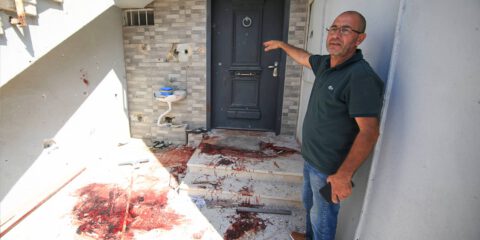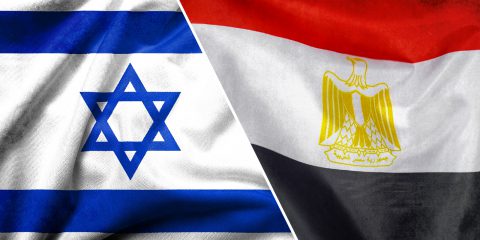The American pressure against the Atarot housing project north of Jerusalem was likely meant to maintain the possibility of a two-state solution.
Israel postponed a large housing project in Atarot, north of Jerusalem, earlier this month where a Jewish settlement once stood.
An Israeli planning committee delayed the project for the Haredi community and the building of up to 9,000 homes. The move came after a conversation about the project between Israeli Prime Minister Naftali Bennett and US Secretary of State Antony Blinken.
The American pressure against the Atarot housing project, which is closer to Ramallah than Jerusalem, was likely meant to maintain the possibility of a two-state solution. However, such a possibility is an illusion.
The Biden administration knows full well that the two-state solution ended in 2007 when Hamas took over the Gaza Strip. It was not Israel or the settler movement in Judea and Samaria that rendered it moribund, but the bloody takeover from the hands of the Palestinian Authority (PA).
If anything, the United States had more of a role in the two-state solution’s demise than either Israeli officialdom or the settlers. The George W. Bush administration, smitten by the neo-con dream of democratizing the Middle East, pressured Israel and the PA to hold elections in 2006 to the Palestinian legislative council.
In Judea and Samaria, and Gaza (especially so in the latter), Palestinians fed up by violence between PA security forces and members of the Fatah Tanzim militia gave their vote to the Change and Reform party controlled by Hamas. The party cleverly downplayed the movement’s fundamentalism and ran candidates with professional and public service credentials in contrast to the “muscle men” the two rival Fatah lists fielded.
Once in power, Hamas decided to form a militia, which Mahmud Abbas, as PA President, annulled, initiating a series of rounds of fighting in Gaza between Hamas, PA security forces, and Fatah that ended in the total defeat of PA forces.
The inner Palestinian partition became the most decisive and long-standing factor in Palestinian political life. The many rounds of failed “unity talks” between the PA and Hamas only reinforced the divide.
Few realize to what extent the Palestinians are divided into two rival Palestinian “statelets” (a term coined by a former Washington Post correspondent in Israel). Further, Palestinian society is divided by the tribal politics of the family and clan. Hamas and the PA each have their own leadership, legislature, security forces, and laws.
Gaza is dominated on the leadership level exclusively by Hamas leaders Ismail Haniyeh and Yehya Al-Sinwar. On the administrative level, the Ministry of Interior and National Security, whose minister is a Hamas stalwart, has great control. The ministry runs the internal security agency, the armed gendarme, and the police.
On numerous occasions, when the military arm – the Izz al-Din al-Qassam Brigades – announces the martyrdom of its fighters, they are simultaneously identified as members of the Ministry of Interior and National Security. Often the story is in reverse – the martyrs are identified as former Qassam fighters and employees of the ministry.
Much the same relationship prevails between Fatah and the PA security forces. The common denominator between Hamas-dominated Gaza and the PA is that they are a one-party militia with the perception that the other side, Fatah in Gaza, Hamas, in the West Bank, is an existential threat that has to be monitored, punished, and subdued.
The regional and international dimensions that reinforce the Palestinian divide are cementing this Palestinian partition that buries prospects for a two-state solution. The PA’s continued existence is indebted to Western monetary and political aid and support of the moderate Arab states – Saudi Arabia and Egypt.
Last and certainly not least is security coordination with Israel, with Israel making the majority of preventive arrests that keep Hamas and Islamic Jihad, the fierce enemies of the PA, at bay in areas controlled by the PA. For Hamas, its regional allies are different – Iran, Turkey, and Qatar.
In sum, the two-state solution can hardly be threatened by building in Judea and Samaria or elsewhere. The two-state solution died in 2007. It should be allowed to rest in peace.
JISS Policy Papers are published through the generosity of the Greg Rosshandler Family.
Photo: Shutterstock








 - בניית אתרים
- בניית אתרים